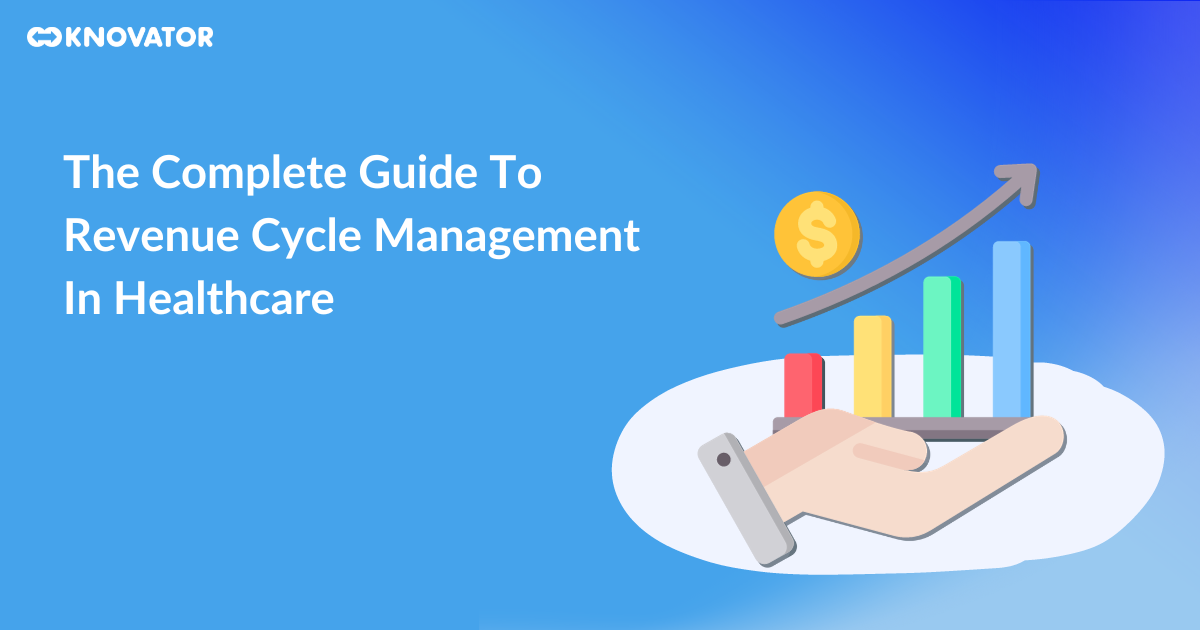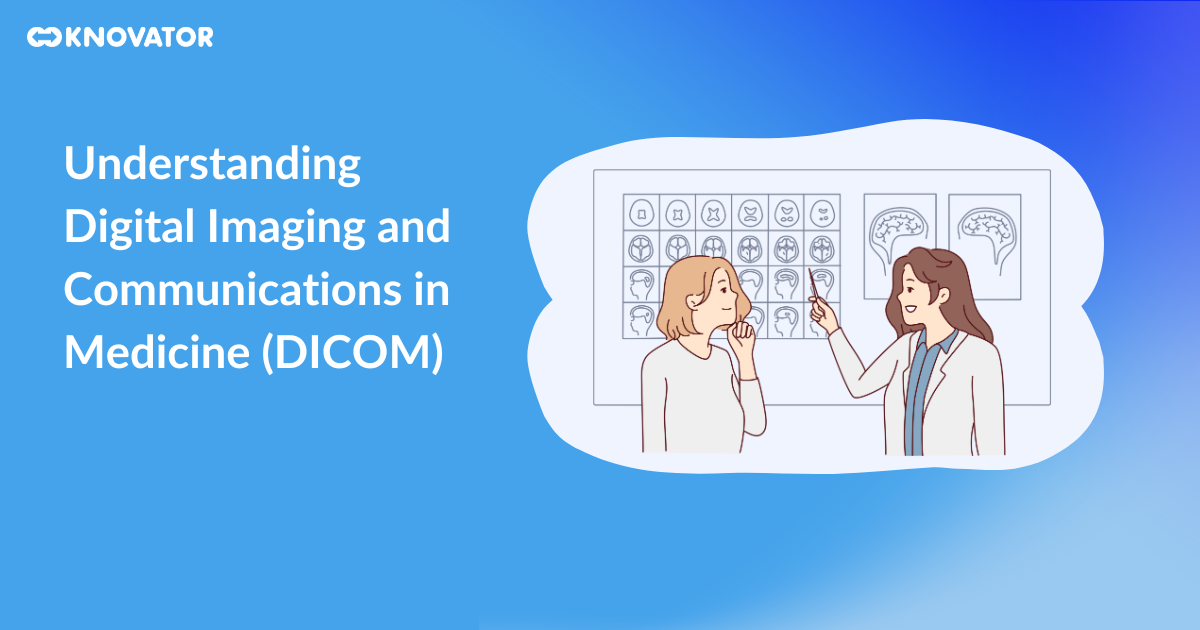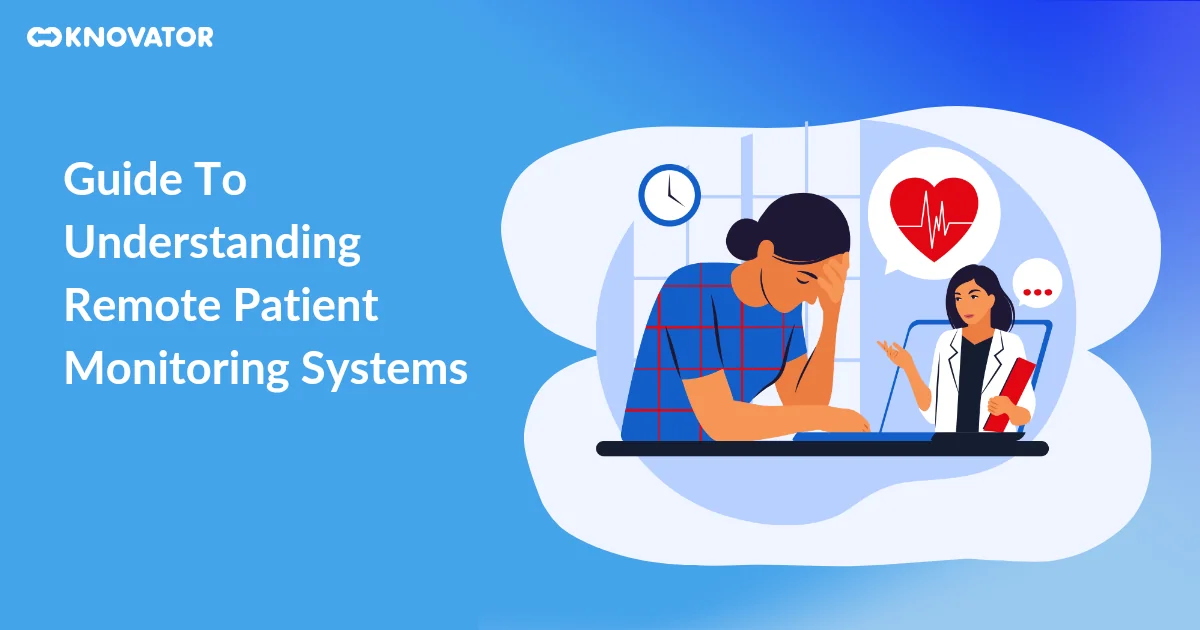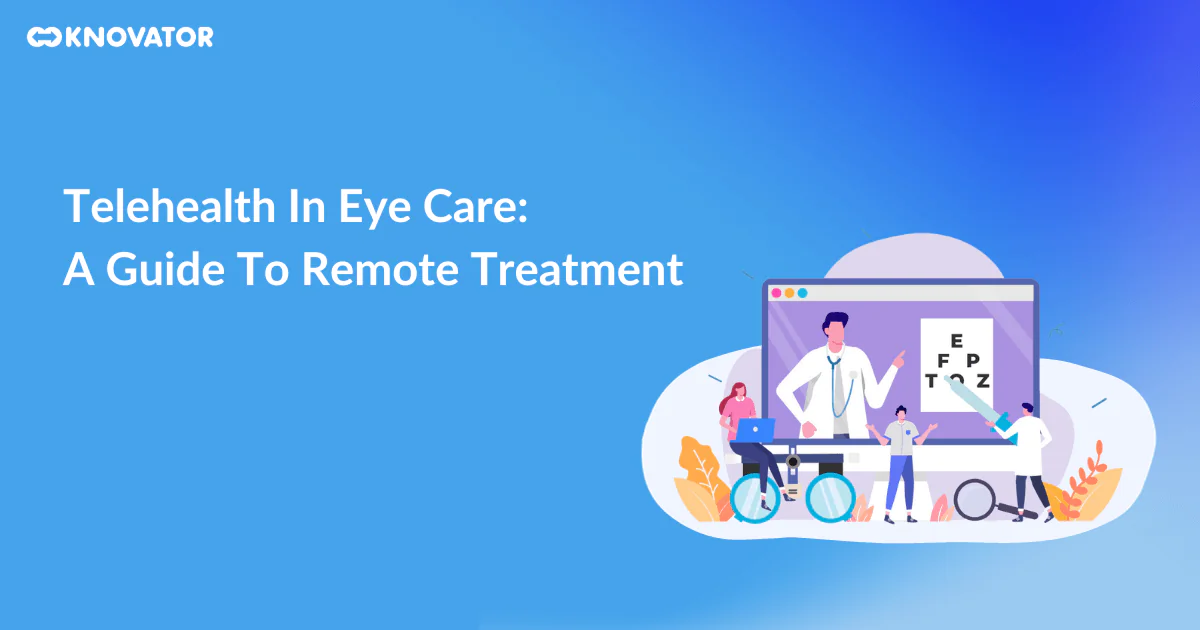Are you stuck with managing your healthcare facility’s finances? You’re not alone. The journey of transforming medical services into financial success has challenges: confusing insurance protocols, ever-changing regulations, and the need for accurate billing.
But there’s a solution. This guide will take you through the intricate world of Revenue Cycle Management (RCM).
Discover how to streamline billing processes, enhance revenue, and maintain top-notch patient care. Say goodbye to financial headaches and hello to a more efficient, profitable Revenue Cycle Management in healthcare. Let’s dive in!
What is Healthcare Revenue Cycle Management?
Healthcare Revenue Cycle Management is the financial lifeline of healthcare organizations. It’s a detailed process that tracks the financial journey from a patient’s initial consultation to the complete settlement of their bill. RCM comprises everything from patient appointment scheduling to the final payment. It ensures that healthcare providers get reimbursed for their services and that patients are billed correctly and fairly.
What is the purpose of RCM?
 Revenue Cycle Management in healthcare is beyond just billing. It’s about streamlining financial operations to ensure sustainability. Effective RCM plays a major role in identifying revenue leaks and enhancing the overall efficiency of healthcare systems. It’s not just about maintaining a balance sheet; it’s about creating a financially viable environment supporting both quality patient care and operational excellence.
Revenue Cycle Management in healthcare is beyond just billing. It’s about streamlining financial operations to ensure sustainability. Effective RCM plays a major role in identifying revenue leaks and enhancing the overall efficiency of healthcare systems. It’s not just about maintaining a balance sheet; it’s about creating a financially viable environment supporting both quality patient care and operational excellence.
Factors That Affect The Revenue Cycle
 Here are the factors that affect the revenue cycle,
Here are the factors that affect the revenue cycle,
- Regulatory Changes: Updates to billing codes and compliance requirements significantly impact revenue processes.
- Healthcare Policy Shifts: Changes at federal and state levels affect reimbursement methods and rates.
- Insurance Payer Mix: The variety of insurance plans and their varying reimbursement rates influence revenue.
- Patient Demographics and Payment Ability: Shifts in patient demographics and the rise of high-deductible health plans increase financial responsibility on patients.
- Technological Advancements: Integration and upgrading challenges of new technologies can impact revenue cycle efficiency.
- Internal Administrative Practices: The effectiveness of staff training, billing procedures, and claim follow-up processes is crucial for revenue cycle success.
What are the Primary Steps in Healthcare Revenue Cycle Management?
Here are the main steps for revenue cycle management in healthcare,
Pre-Authorization and Eligibility Verification
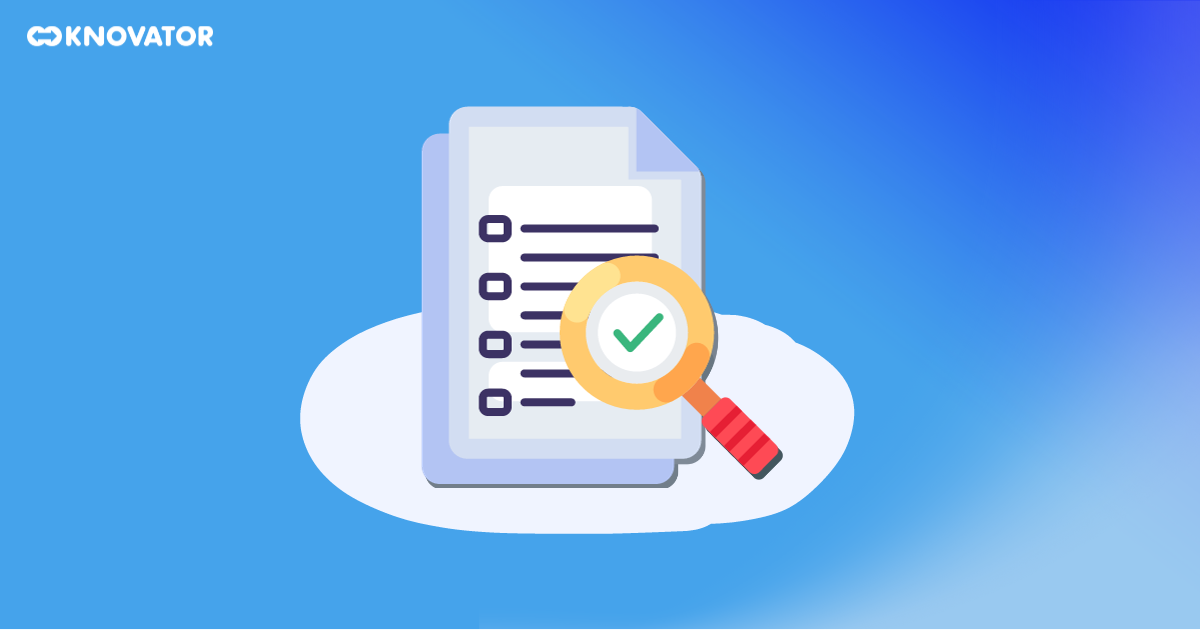 Pre-authorization and eligibility verification serve as the first line of defense in the Revenue Cycle Management process. In this step, you, as a healthcare provider, can confirm a patient’s insurance coverage for the proposed medical services before any procedure begins. This verification includes checking the patient’s insurance plan details, understanding the coverage limits, and determining if pre-authorization is required for certain procedures.
Pre-authorization and eligibility verification serve as the first line of defense in the Revenue Cycle Management process. In this step, you, as a healthcare provider, can confirm a patient’s insurance coverage for the proposed medical services before any procedure begins. This verification includes checking the patient’s insurance plan details, understanding the coverage limits, and determining if pre-authorization is required for certain procedures.
This approach helps prevent any unexpected billing issues, ensuring that both you and the patient are aware of the covered services. It also helps in avoiding claim rejections due to coverage issues, setting the stage for a smooth financial process throughout the patient’s healthcare journey.
Charge Capturing and Coding
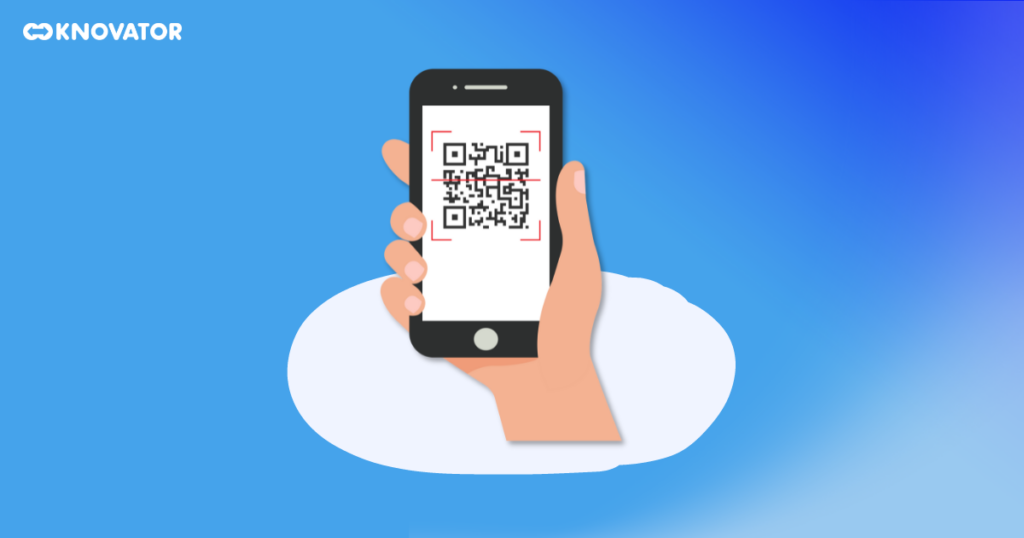 Charge capturing and coding are essential for turning the healthcare services provided into billable charges. After a patient receives care, each service, from a routine check-up to complex surgical procedures, is assigned a specific medical code. These codes, such as those following the ICD-10 and CPT coding systems, are crucial for accurately representing the services provided. Accurate coding is essential to ensure that you, as the healthcare provider, get maximum reimbursement for your services. It also has a crucial role to play in minimizing delays or rejections in insurance claims, as incorrect or outdated codes can lead to denied claims, affecting the financial flow and compliance.
Charge capturing and coding are essential for turning the healthcare services provided into billable charges. After a patient receives care, each service, from a routine check-up to complex surgical procedures, is assigned a specific medical code. These codes, such as those following the ICD-10 and CPT coding systems, are crucial for accurately representing the services provided. Accurate coding is essential to ensure that you, as the healthcare provider, get maximum reimbursement for your services. It also has a crucial role to play in minimizing delays or rejections in insurance claims, as incorrect or outdated codes can lead to denied claims, affecting the financial flow and compliance.
Claims Submission
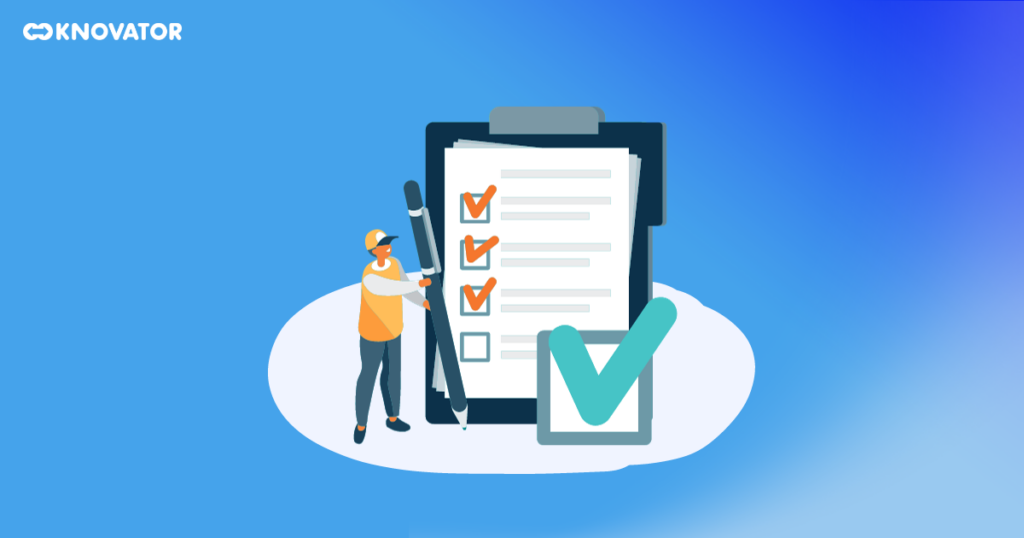 Claims submission is a critical phase where the coded claims are sent to insurance companies for reimbursement. This step demands accuracy, clarity, and timeliness. It involves a thorough review of the claims to ensure that all the necessary information is correct and complete, including patient information, service codes, and provider details. Timely submission of claims is crucial to avoid any delays in payments. This phase needs attention to detail to ensure that there is smooth processing of claims and payments are received promptly, contributing to the financial stability of healthcare organizations.
Claims submission is a critical phase where the coded claims are sent to insurance companies for reimbursement. This step demands accuracy, clarity, and timeliness. It involves a thorough review of the claims to ensure that all the necessary information is correct and complete, including patient information, service codes, and provider details. Timely submission of claims is crucial to avoid any delays in payments. This phase needs attention to detail to ensure that there is smooth processing of claims and payments are received promptly, contributing to the financial stability of healthcare organizations.
Payment Collections
 Payment collections are central to the sustainability of healthcare organizations. This step involves receiving payments for the services rendered, either from insurance companies, patients, or both. Effective payment collection processes require a clear understanding of patient balances, efficient billing practices, and proactive follow-up on outstanding accounts. Efficient collection processes ensure a steady cash flow, vital for the financial and operational health of healthcare providers. It also involves providing various payment options and negotiating payment plans with patients, ensuring that financial policies are patient-friendly.
Payment collections are central to the sustainability of healthcare organizations. This step involves receiving payments for the services rendered, either from insurance companies, patients, or both. Effective payment collection processes require a clear understanding of patient balances, efficient billing practices, and proactive follow-up on outstanding accounts. Efficient collection processes ensure a steady cash flow, vital for the financial and operational health of healthcare providers. It also involves providing various payment options and negotiating payment plans with patients, ensuring that financial policies are patient-friendly.
Medical Service Review
 The final step, medical service review, is essential for maintaining both medical accuracy and financial integrity. This process involves reviewing the services provided to ensure they align with the billed charges. It acts as a quality control measure, verifying that the medical services billed correspond to the actual care delivered. This review helps identify any discrepancies between care and billing, ensuring that the billing is accurate. It’s a critical step for compliance, preventing billing errors and fraudulent practices, thereby maintaining trust and credibility.
The final step, medical service review, is essential for maintaining both medical accuracy and financial integrity. This process involves reviewing the services provided to ensure they align with the billed charges. It acts as a quality control measure, verifying that the medical services billed correspond to the actual care delivered. This review helps identify any discrepancies between care and billing, ensuring that the billing is accurate. It’s a critical step for compliance, preventing billing errors and fraudulent practices, thereby maintaining trust and credibility.
Benefits of Healthcare Revenue Cycle Management
 The following are the benefits of healthcare revenue cycle management,
The following are the benefits of healthcare revenue cycle management,
1. Identifying and Resolving Coding Errors
Effective RCM practices are essential in identifying and rectifying coding errors, a common challenge in healthcare billing. These errors can occur due to various reasons, such as misinterpretation of medical notes or incorrect application of billing codes. By implementing thorough review processes and utilizing advanced coding software, RCM helps in finding these inaccuracies. Resolving these errors is crucial for ensuring that healthcare services are reimbursed fully and accurately. This not only maximizes the revenue for healthcare facilities but also maintains compliance with billing regulations, reducing the risk of audits and financial penalties.
2. Reducing Administrative Burden
RCM significantly streamlines the complex billing processes inherent in healthcare. By automating and optimizing various steps like coding, claim submission, and payment processing, RCM reduces the administrative workload on staff. This efficiency allows healthcare staff to focus more on patient care and less on paperwork. Streamlined RCM processes can also lead to quicker billing cycles, improving the overall operational efficiency of your healthcare facility.
3. Preventing Healthcare Fraud
Robust RCM practices are key in detecting and preventing healthcare fraud, which can include false claims, phantom billing, or upcoding services. By implementing checks and balances throughout the billing process, RCM can identify discrepancies and unusual patterns that may indicate fraudulent activities. This approach not only safeguards the financial interests of healthcare organizations but also contributes to the integrity of the healthcare system as a whole.
4. Preventing Patient Fraud
RCM plays a significant role in verifying patient information, thus helping to prevent fraud from the patient’s end. This includes ensuring the accuracy of patient identities, insurance details, and eligibility for services. By validating this information, RCM processes help in avoiding situations where services are misused or fraudulently claimed, ensuring that healthcare resources are utilized appropriately and ethically.
5. Increasing Healthcare Facility Revenue
Through efficient and effective RCM, healthcare facilities can achieve better financial management. This encompasses optimized billing, reduced claim denials, and faster payment collections. Efficient RCM leads to a reduction in revenue leaks, such as missed charges or uncollected payments, thereby enhancing the financial health of your healthcare facility. With improved revenue cycles, you can reinvest in their services, technology, and staff, leading to an overall improvement in the quality of healthcare and patient satisfaction.
Challenges Of Healthcare Revenue Cycle Management
 Healthcare Revenue Cycle Management faces challenges due to its role in connecting medical services with financial operations and insurance protocols, all while considering patient needs. Key challenges include:
Healthcare Revenue Cycle Management faces challenges due to its role in connecting medical services with financial operations and insurance protocols, all while considering patient needs. Key challenges include:
- Medical and Financial Alignment: Accurately translating diverse medical procedures into billable codes is challenging and essential for proper reimbursement.
- Variable Insurance Protocols: Navigating through different insurance plans and staying updated with policy changes requires adaptability and detailed knowledge.
- Regulatory Compliance: RCM must adhere to strict regulations like HIPAA and CMS guidelines, which frequently evolve, demanding continuous adaptation.
- Patient-Centric Focus: Balancing efficient billing with transparent communication and empathy towards patients increases complexity.
- Technological Integration: Implementing and updating technology like EHRs and automated billing systems is crucial for efficiency but challenging to maintain.
- Financial Sustainability: Ensuring profitability while maintaining high-quality patient care and compliance with regulations is a delicate balance.
How Technology Helps Drive Healthcare Revenue Cycle Management?
Technology greatly improves Healthcare RCM by making it more efficient and accurate. Automated billing systems make coding and billing faster and reduce mistakes. Electronic Health Records (EHR) combine patient data with billing to ensure correct charge capture. Analytics tools help find trends and areas to improve, like coding mistakes or payment delays.
Technology also improves patient interaction with online portals for easy access to billing and payments, enhancing payment process efficiency. AI and machine learning predict payment problems and fine-tune revenue cycles. Using these technologies boosts RCM effectiveness, leading to better financial stability and patient care.
Implement Revenue Cycle Management In Healthcare
In summary, Revenue Cycle Management in Healthcare is crucial, but it needs careful attention, knowledge of rules, and smart technology use. It’s key to keeping you as a healthcare provider financially healthy while focusing on patient care. Good RCM can greatly improve your healthcare facility’s financial situation, making it more efficient and lasting. Here’s to improved management and a more promising future in healthcare!
FAQs
- What is RCM in Healthcare?
RCM manages financial processes from patient registration to final payment. It includes eligibility checks, claim submission, and revenue generation.
- Why is Effective RCM Important?
Effective RCM ensures timely, accurate reimbursements, minimizes billing errors, and enhances patient satisfaction. It’s crucial for the financial health of healthcare providers.
- How Does Technology Improve RCM?
Technology automates RCM, reducing errors and speeding up processes. It includes solutions like electronic health records and predictive analytics for efficiency.

